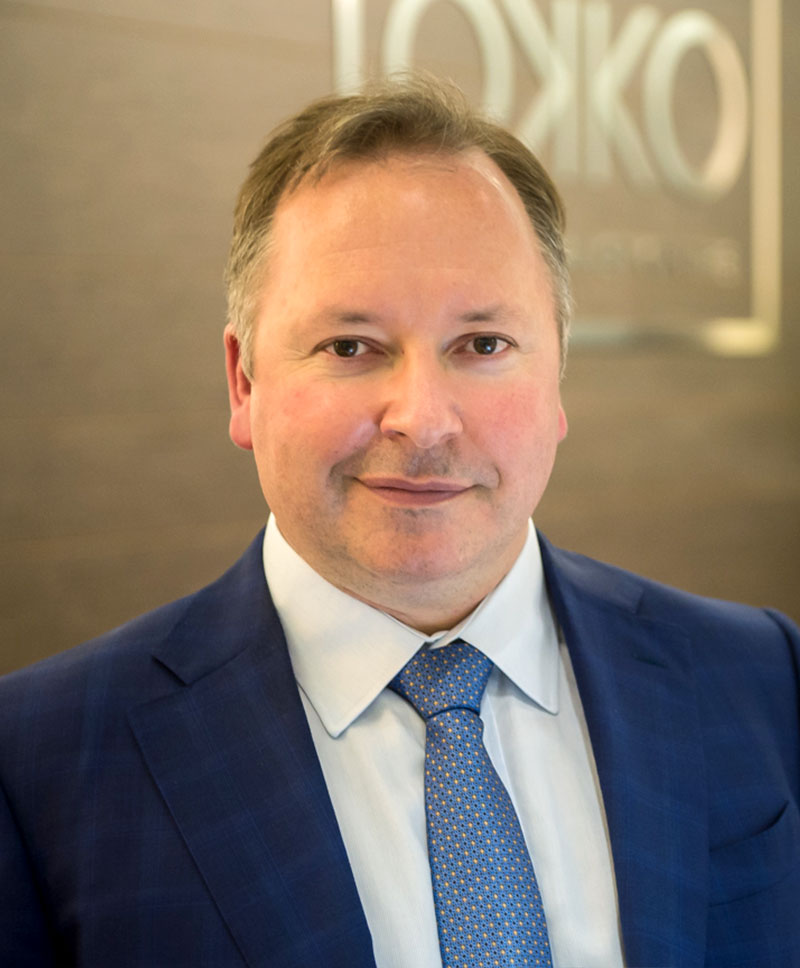
How was LASIK discovered?
Hi, it’s Matt Russell from VSON Laser Vision Specialists. When I tell people I’m a LASIK surgeon, some of them ask me: “How was LASIK discovered?”
Laser eye surgery is now one of the most commonly performed procedures in the world, but it didn’t happen overnight. The LASIK procedure we know today is the result of over a century of innovation in refractive surgery, with contributions from pioneers in countries like Colombia, Greece, and the United States.
Here’s how LASIK (Laser-Assisted In Situ Keratomileusis) came to be.
1898: The first steps toward vision correction surgery
Efforts to surgically improve vision started as far back as the 19th century. In 1898, a Russian ophthalmologist introduced a method called Radial Keratotomy (RK). This involved making tiny, radial cuts in the cornea with a scalpel to change its shape. Though it was considered groundbreaking at the time, RK had limitations. Healing was slow, results were unpredictable, and the risk of complications was high. But it laid the groundwork for more precise techniques to come.
1960s: A new concept from South America
In the 1960s, Colombian ophthalmologist Dr. José Barraquer revolutionised the concept of reshaping the cornea. He developed a procedure called keratomileusis, which translates from Greek to mean “carving the cornea.” Dr. Barraquer removed a thin disc of corneal tissue, froze it, reshaped it, and then reimplanted it onto the eye. Although it required delicate surgical skill and was time-intensive, keratomileusis was the first procedure to attempt refractive correction by directly altering the cornea’s curvature.
1970s–1980s: The rise of laser technology
The real breakthrough in laser vision correction came with the development of the excimer laser in the 1970s. Originally designed for use in microchip manufacturing, the excimer laser could precisely remove extremely thin layers of material without causing thermal damage to surrounding areas. By the early 1980s, researchers in the United States had discovered that the excimer laser could be safely used on biological tissue, specifically the eye.
This led to the development of Photorefractive Keratectomy (PRK), the first form of laser eye surgery approved for public use. In PRK, the outer layer of the cornea is removed, and the laser is used to reshape the underlying tissue. PRK delivered excellent results but came with a longer recovery time and some discomfort as the surface cells regenerated.
1990s: The birth of LASIK
The turning point came in the early 1990s when Greek ophthalmologist Dr. Ioannis Pallikaris combined Dr. Barraquer’s idea of creating a corneal flap with the precision of the excimer laser. In LASIK, a thin flap is created on the surface of the cornea, folded back, and the laser is then used to reshape the tissue underneath. The flap is then replaced, allowing for quicker healing and less discomfort than PRK.
LASIK quickly gained popularity worldwide. In the United States alone, millions of people have undergone LASIK since its approval, and it remains one of the most researched elective procedures available today.
2000s: All-Laser LASIK
Initially, LASIK involved using a microkeratome, a mechanical blade, to create the corneal flap. While effective, some people were concerned about using a blade on their eyes. That changed in 2001, when the U.S. Food and Drug Administration (FDA) approved the use of the femtosecond laser to create the flap. This gave rise to bladeless LASIK, also known as all-laser LASIK.
This modern technique offered greater precision, safety, and comfort. It also expanded eligibility for patients who previously may not have been candidates for traditional LASIK.
LASIK today: Safe, accurate, and life-changing
Today, LASIK is one of the most effective and widely performed forms of laser vision correction. With a high safety profile and fast recovery times, it continues to help people reduce or eliminate their need for glasses and contact lenses.
In Australia, including right here in Brisbane, we use advanced laser systems and technology that allow for incredibly precise results. At VSON Laser Vision Specialists, we’re proud to offer LASIK along with other minimally invasive options like TransPRK and SmartSight.
We know that choosing to have laser eye surgery is a big decision. But thanks to more than 30 years of research and technology, LASIK has become a reliable, proven method of correcting refractive errors such as short-sightedness, long-sightedness, and astigmatism.
Ready to take the next step?
Find out if LASIK or another vision correction procedure is right for you.
Take our free self-test today.
Found this post useful? Please share!

Hi, I’m Dr. Matthew Russell, a laser and cataract surgeon
HI I’M DR. MATTHEW RUSSELL A LASER EYE AND CATARACT SURGEON
With over 15 years of experience, I enjoy the privilege of helping patients of all ages reclaim clear vision or preserve it for as long as possible.
Vision correction and high-precision cataract surgery hinge on the expertise and skill set of the provider who also has access to the most precise tools for the job. Ophthalmic surgeons like me know how to make treatment safe, comfortable and positive for the patient. They know how to minimise the risk of complications and maximise successful outcomes.
I have a passion for helping my patients enjoy the clear, high-definition vision they need to live rich and active lives. Now, I have hand-picked a team of professionals that share my passion and commitment to exceptional care.
Dr. Matthew Russell
MBChB, FRANZCO






